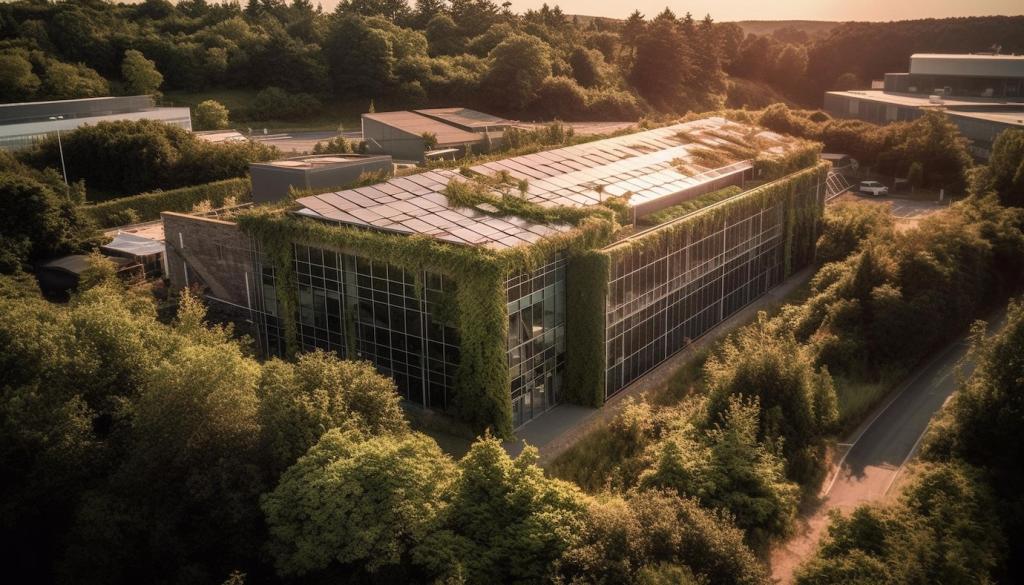This website uses cookies so that we can provide you with the best user experience possible. Cookie information is stored in your browser and performs functions such as recognising you when you return to our website and helping our team to understand which sections of the website you find most interesting and useful.
Recycling and upcycling have become central themes in modern interior design, reflecting a growing commitment to sustainability and eco-conscious living. These concepts go beyond aesthetics, influencing how spaces are conceived, materials are chosen, and everyday objects are transformed. Recycling involves processing used materials into new products, reducing waste and conserving resources. Upcycling, on the other hand, creatively repurposes items, giving them a second life with enhanced value. Both approaches are not just environmentally responsible—they also imbue interiors with unique character, authenticity, and a sense of personal storytelling. This page delves deep into how recycling and upcycling are redefining the landscape of interior design.
Recycling: Turning Waste Into Worthwhile Interiors
Upcycling: Creativity Beyond Conventions
Benefits of Eco-Conscious Interiors
Innovative Materials and Their Applications
Reclaimed Wood: From History to Modern Homes



